TYRE PRESSURE MONITORING SYSTEMS
TPMS SENSORS
Correct air pressures will improve the safety of your vehicle and aims to prolong the lifespan of your tyres too.
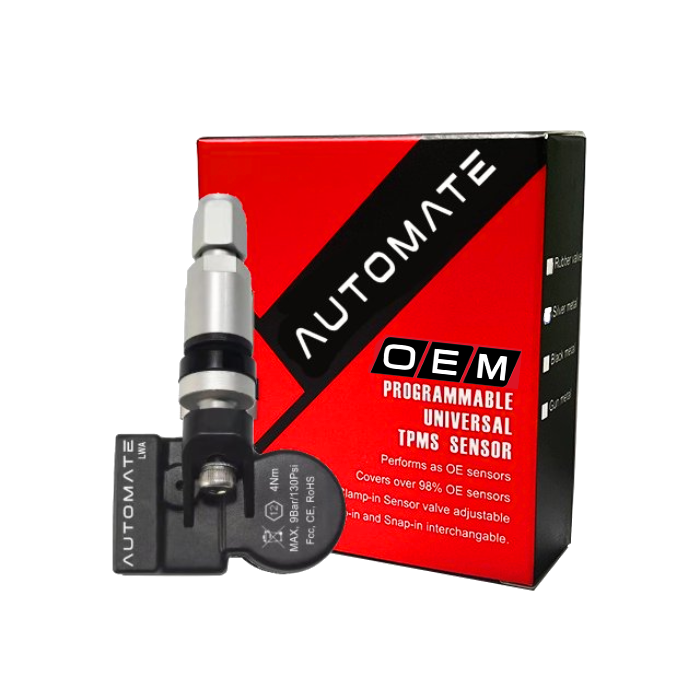
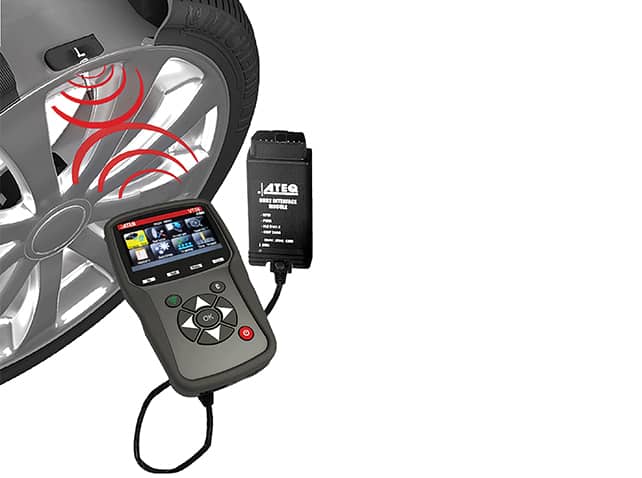
TPMS Servicing
We have one of the most advanced TPMS Programming tools
We can program 100% of all make & models in Australia, otherwise it’s yours for free.
Maintaining and monitoring your tyre pressures is essential for vehicle safety and handling. It also increases fuel efficiency and promotes even tyre wear. A lot of modern vehicles come factory equipped with a TPMS system, designed to monitor the air pressure in your tyres.
Occasionally TPMS sensors can become damaged while removing tyres, the batteries powering the sensors can go flat, or sensors may be physically damaged by a pothole or curb. In these instances, replacing the sensor with an OEM sensor can be prohibitively expensive.
Some of the cars we can programme
Programming these sensors due to different circumstances at the Dealerships can cost you hundreds of dollars. We can do the same thing for you for half the price.







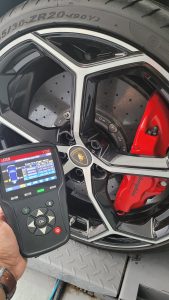
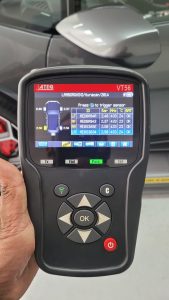
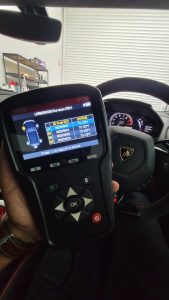
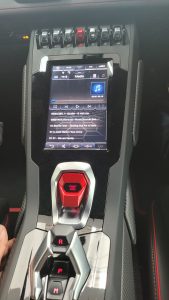
Why is Your Tyre Pressure Light On?
You’ve inflated your tyres to the right PSI, but your tyre pressure light is still on. It happens sometimes, and you may need to reset it. Your tyre pressure monitoring system (TPMS) is essential to the safety of your vehicle, and it’s important to ensure it’s activated. If you’re running into any problems with your TPMS light on, follow these steps, or bring your vehicle to us at Luxury Wheels.
Your TPMS light could be on when your car starts up or it could turn on while you’re driving. You could also have a flashing or blinking tyre pressure light (more on that below). Whether your tyre pressure light turns on while you’re driving around or it stays lit up after you’ve started your car, it will usually have one of two causes:
- Significant changes in weather or temperature: If the air pressure falls or the temperature drops suddenly, your tyres will often follow suit. If you haven’t kept up with regular tyre pressure checks, one or more tyres might lose enough pressure to set off your TPMS light.
- A leak in one or more tyres: If there are no sudden weather changes, the most likely cause for the lost air pressure is a leak. While you can try to fill up the tyre(s) with air, you’ll need to visit a service center to either patch the tyre(s) or replace it.
What Does a Flashing or Blinking Tyre Pressure Light Mean?

The tyre pressure sensors use a battery, and a flashing tyre pressure light is often a sign that the battery needs to be replaced. It could also indicate a problem with one of the sensors. Either way, you will want to schedule a service appointment with us at Luxury Wheels.
We can inspect your vehicle, diagnose the problem, and get you back on the road safely in a timely manner.
Resetting Your Tyre Pressure Light
Once you have properly inflated your tyres, the tyre pressure light should go off on its own. If it stays on, there are few things you can do:
- Drive at or above 25 km/h to reset the sensor for 10 minutes. This can cause your sensor to reset the next time you turn on the car.
- With the vehicle off, turn the key to the “on” position, but don’t start the car. Hold the TPMS reset button until the tyre pressure light blinks three times, then release it. Start the car and wait 20 minutes for the sensor to refresh. The tyre pressure monitor reset button is usually located beneath the steering wheel/inside the glove box or in your Multimedia System. If you are unable to find it, refer to your vehicle’s owner’s manual.
- Inflate all tyres to 3 PSI over their recommended amount, then deflate them completely. Be sure to include the spare tyre, as it may have a sensor as well. Once they’re all deflated, re-inflate to the recommended tyre pressure.
- With the vehicle off, disconnect the positive battery cable. Turn the car on and honk the horn for about three seconds. This will discharge any power still stored in the vehicle. Then reconnect the battery.
what we offer?
We have the programming tools and expertly trained staff to:
- Replace damaged or broken TPMS sensors
- Re-code your system to accept aftermarket wheel and tyre combinations
- Perform diagnostics to determine faults in TPMS systems
- Read and reset error messages relating to TPMS systems
Whether you’re after a replacement sensor, coding a second set of wheels to work with your car, or just looking to purchase new wheels and get new sensors connected to your factory TPMS systems, our qualified technicians will work to ensure your vehicle is performing at its best.
Correct air pressures will improve the safety of your vehicle and aims to prolong the lifespan of your tyres too.

